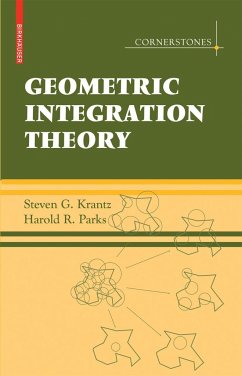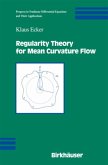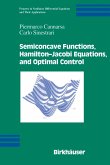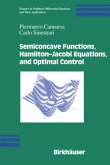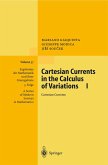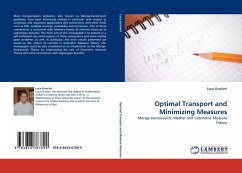This self-contained and accessible textbook introduces geometric measure theory through the notion of currents. Motivating key ideas with examples and figures, this book is a comprehensive introduction ideal for both self-study and for use in the classroom.
Geometric measure theory has roots going back to ancient Greek mathematics, for considerations of the isoperimetric problem (to ?nd the planar domain of given perimeter having greatest area) led naturally to questions about spatial regions and boundaries. In more modern times, the Plateau problem is considered to be the wellspring of questions in geometric measure theory. Named in honor of the nineteenth century Belgian physicist Joseph Plateau, who studied surface tension phenomena in general, andsoap?lmsandsoapbubblesinparticular,thequestion(initsoriginalformulation) was to show that a ?xed, simple, closed curve in three-space will bound a surface of the type of a disk and having minimal area. Further, one wishes to study uniqueness for this minimal surface, and also to determine its other properties. Jesse Douglas solved the original Plateau problem by considering the minimal surfacetobeaharmonicmapping(whichoneseesbystudyingtheDirichletintegral). For this work he was awarded the Fields Medal in 1936. Unfortunately, Douglas's methods do not adapt well to higher dimensions, so it is desirable to ?nd other techniques with broader applicability. Enter the theory of currents. Currents are continuous linear functionals on spaces of differential forms.
Geometric measure theory has roots going back to ancient Greek mathematics, for considerations of the isoperimetric problem (to ?nd the planar domain of given perimeter having greatest area) led naturally to questions about spatial regions and boundaries. In more modern times, the Plateau problem is considered to be the wellspring of questions in geometric measure theory. Named in honor of the nineteenth century Belgian physicist Joseph Plateau, who studied surface tension phenomena in general, andsoap?lmsandsoapbubblesinparticular,thequestion(initsoriginalformulation) was to show that a ?xed, simple, closed curve in three-space will bound a surface of the type of a disk and having minimal area. Further, one wishes to study uniqueness for this minimal surface, and also to determine its other properties. Jesse Douglas solved the original Plateau problem by considering the minimal surfacetobeaharmonicmapping(whichoneseesbystudyingtheDirichletintegral). For this work he was awarded the Fields Medal in 1936. Unfortunately, Douglas's methods do not adapt well to higher dimensions, so it is desirable to ?nd other techniques with broader applicability. Enter the theory of currents. Currents are continuous linear functionals on spaces of differential forms.
From the reviews:
"This is a graduate textbook with the main purpose of introducing geometric measure theory through the notion of currents. ... One of the most important features of this text is that it is self-contained ... . The book also contains an Appendix ... as well as extended list of references, making it a good text for a graduate course, as well as for an independent or self study." (Mihaela Poplicher, The Mathematical Association of America, March, 2009)
"The book under review succeeds in giving a complete and readable introduction to geometric measure theory. It can be used by students willing to learn this beautiful theory or by teachers as a basis for a one- or two-semester course." (Andreas Bernig, Mathematical Reviews, Issue 2009 m)
"The authors present main fields of applications, namely the isoperimetric problem and the regularity of minimal currents. The exposition is detailed and very well organized and therefore the book should be quite accessible for graduate students." (R. Steinbauer, Monatshefte für Mathematik, Vol. 162 (3), March, 2011)
"This is a graduate textbook with the main purpose of introducing geometric measure theory through the notion of currents. ... One of the most important features of this text is that it is self-contained ... . The book also contains an Appendix ... as well as extended list of references, making it a good text for a graduate course, as well as for an independent or self study." (Mihaela Poplicher, The Mathematical Association of America, March, 2009)
"The book under review succeeds in giving a complete and readable introduction to geometric measure theory. It can be used by students willing to learn this beautiful theory or by teachers as a basis for a one- or two-semester course." (Andreas Bernig, Mathematical Reviews, Issue 2009 m)
"The authors present main fields of applications, namely the isoperimetric problem and the regularity of minimal currents. The exposition is detailed and very well organized and therefore the book should be quite accessible for graduate students." (R. Steinbauer, Monatshefte für Mathematik, Vol. 162 (3), March, 2011)

